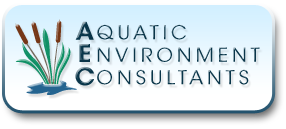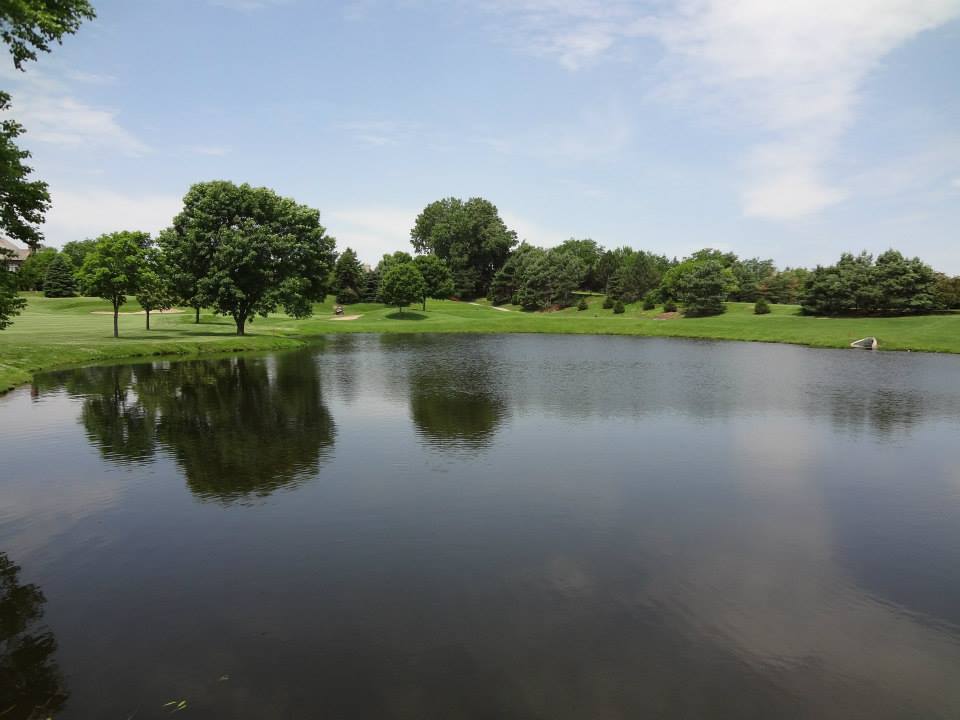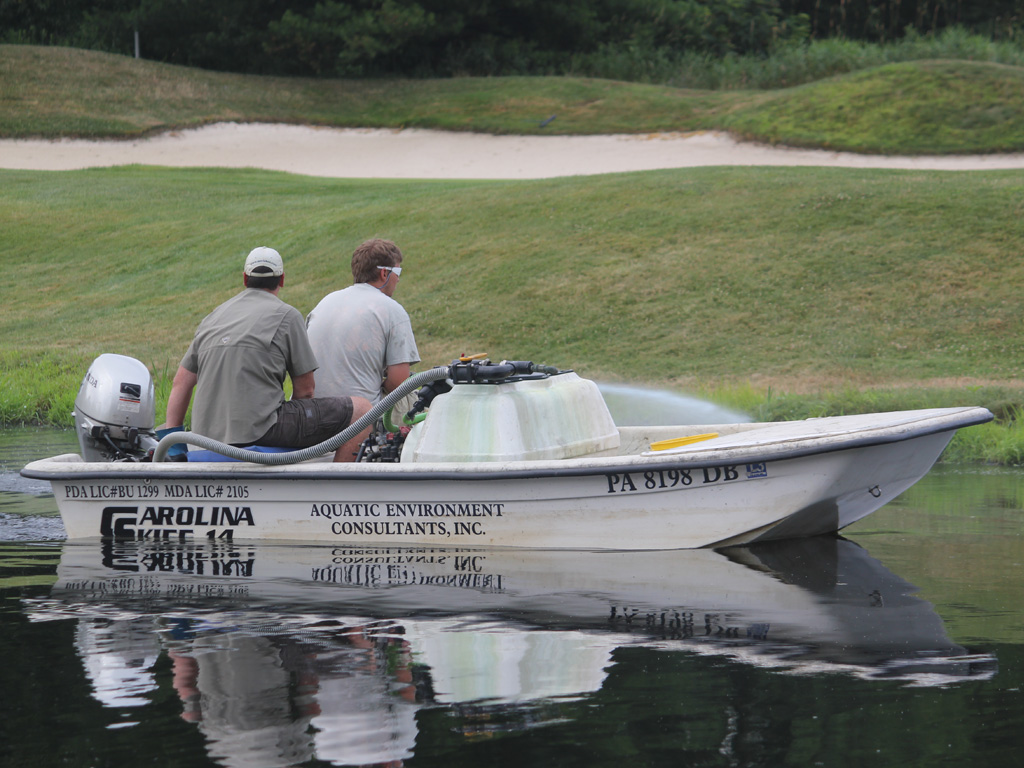Over the years, the use of barley hay for pond algae control has received a great deal of publicity. The question is – does the barley algae control method really work?
History of Barley Straw Algae Control
The use of barley straw to control algae began in England during the 1990s. Pond and lake owners believed that the decomposition of barley straw in a pond would reduce algae. The premise of the idea was that the fungi decomposing the barley would produce and release a chemical into the water that prevents algae growth.
However, it is not clear and has never been determined what that chemical is. In addition, the conditions for the process to work have to be adequate. Temperature causes the process to speed up, and oxygen appears to make the process more efficient as well.
Research on Barley Straw & Algae
Extensive research has been conducted at Purdue University using numerous algae species and many varieties of hay and straw. The research results have been inconsistent. Sometimes a decrease in microscopic algae was observed, but often an increase in floating mat-forming filamentous algae occurred. Similarly, research at the University of Nebraska, Iowa State University, North Carolina State University and the University of Florida found no reduction in filamentous algae or improvement in water quality.
Private Pond Owners’ Beliefs on Barley Straw
Testimonials from private pond owners range from success to failure. Often, when our team at AEC has observed barley in a pond and asked the owner how they think it works, the answer is misleading. They may say, “The barley keeps my pond clear. I never have any problems with algae.” When we probe a little further, there may have never been a problem with algae.
From what we’ve observed, barley algae control is mainly just preventative – sort of like deer whistles that people used to put on their car bumpers. The whistles would make an inaudible (to the human ear, at least) sound to scare deer away when the car was moving. When you ask someone if they work, they’ll probably tell you that they have never hit a deer since having the whistles on the car. However, they never hit a deer before they put them on.
Regulation of Barley Straw as Pesticide
The Environmental Protection Agency (EPA) regulates the use of pesticides in the United States. In order for the EPA to register a pesticide, there are data requirements to ensure that it will not be harmful to:
- Humans
- Wildlife
- Plants
- Surface or groundwater
There are many types of studies required in order to be able to make this evaluation, such as:
- Product Chemistry
- Product Performance
- Acute Studies
- Subchronic Studies
- Chronic Studies
Since barley straw is not registered as a pesticide for algae control, it cannot be sold as such to control algae. Professional lake managers like our company cannot sell barley straw to control algae. Likewise, garden centers cannot sell barley straw for the stated purpose of controlling algae.
Since EPA does not regulate “home remedies”, a private pond owner can use barley hay for pond algae in their own pond if they believe it will help control the algae. As stated, though, the use of barley straw for pond algae will only prevent algae growth, not kill or control what is already growing. Aquatic Environment Consultants Inc. cannot use barley straw for managing the growth of algae in ponds. Additionally, our own experience has shown that barley straw does not control algae growth.
Algae Control That Works
Algae control is essential to the proper health of a pond or lake. While some believe that tricks like barley straw work, in our 33+ years of pond management we have found more efficient, proven solutions for the removal and control of algae.
- Mechanical controls — Algae control in smaller ponds can be accomplished with mechanical controls, such as the use of rakes, seines, screens and other devices. The process is useful for quick remediation of invasive or harmful algae growth. Typically, this is completed as a quick intervention in conjunction with other management techniques that address the root of the problem.
- Biological controls — Certain fish and insect species can also be used to control algae growth. By carefully introducing these animals into a lake or pond ecosystem, it can be possible to restore algae growth to acceptable levels over time.
- Physical controls — Certain physical characteristics like light, aeration and nutrient content make ponds and lakes more conducive to algae growth. By adding a diffuser system or other device that promotes aeration, pond water remains oxygenated which can help keep algae growth in check.
- Herbicides and algaecides — The use of algaecides to control algae is a very effective management strategy. Herbicides and algaecides can quickly kill excessive growth, bringing water bodies back into a healthy balance.
Contact AEC Lakes for More Information
If you are looking for effective and reliable algae control and complete pond management, contact the AEC team today and schedule a consultation for your pond’s custom management plan.




2 Comments
Appreciate the recommendation. Will try it out.
Add Comment